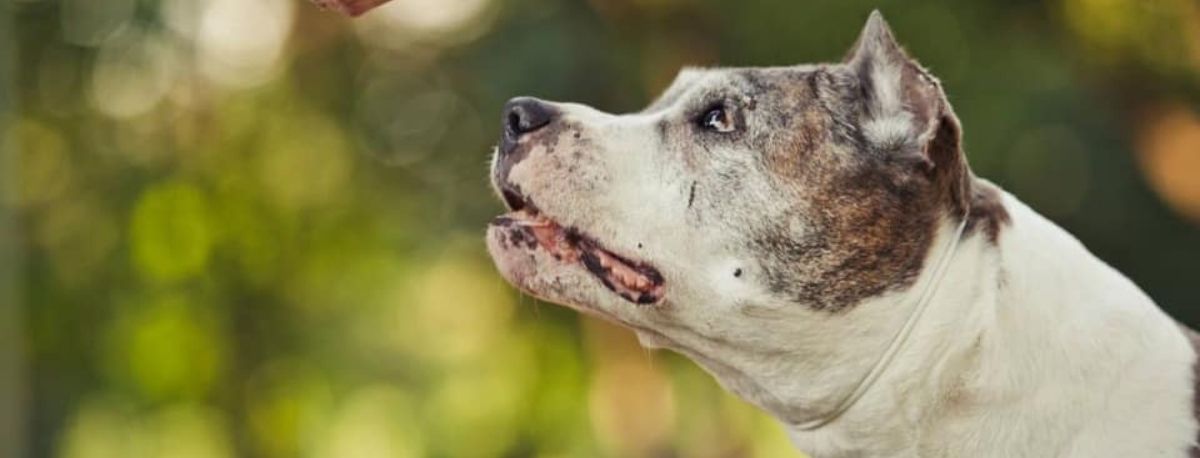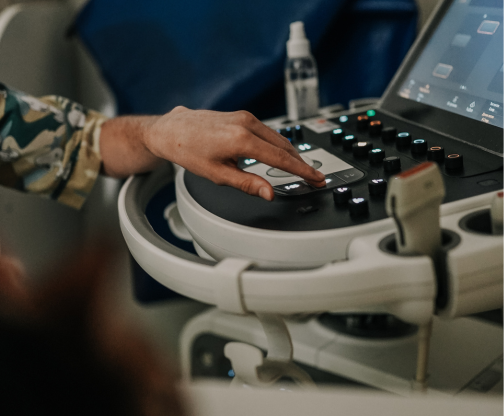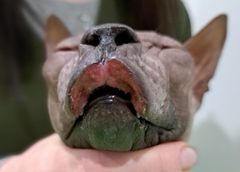Old age is not a disease
Опубліковано
22.10.2019
Old age is not a disease
In the modern world it is difficult to imagine your life without a four-legged friend. For many people, a dog is a cherished childhood dream and the opportunity to have a wet-nose owner is an incredible happiness. They add colors to our life, slowing down its frantic pace and becoming an integral part of it.
Each of us remembers the touching moment of a puppy's arrival in the house - the first puddles, eaten heels, torn furniture and clouds of foam rubber. The first walk, the crowd of puppy friends, the morning coffee. And before you know it, time passes quickly. Gray hairs frost cover the previously restless face, catch up with the favorite ball is becoming more and more difficult, on walks our friend as if asking to wait for him, slowing down the usual pace.
Dogs of different sizes age at different rates - for Toy breeds, age-related changes may not occur until they are 8-9 years old, while for giant breeds, most of their life is already gone by the time they are 5 years old. Of course, these are averages and much depends on the care and conditions of the dog, its food and initial health.
What to pay attention to in order to prevent serious health problems in an older pet? Let's look at a few important points:
1. Make sure that your four-legged dog receives a complete, high-quality diet. The metabolic processes slow down with age and increase the risk of gaining excess weight, which leads to obesity, diabetes and additional stress on the joints.
Determine the optimal amount of food, which should be enough to maintain a normal fatness and energy level. A veterinary nutritionist can help you find the right diet for your older dog.
2. In the elderly, a walk, should mimic the purpose of rest, provide moderate exercise. With each passing year, it becomes more difficult for the dog to move actively, especially if they are large and giant breeds. Be judicious in your expectations regarding the length and intensity of walks, and consult an orthopedic veterinarian when you notice a significant decline in mobility. As we age, joint flexibility and mobility decreases, degenerative changes develop, and pain occurs. Such conditions require additional diagnosis and specific treatment. Non-steroidal anti-inflammatory drugs can help reduce discomfort and treat pain, but their use must always be prescribed and approved by a veterinarian.
3. Keeping the mouth clean. Brushing teeth should be practiced from early childhood. Regular cleaning of soft plaque will help prevent inflammation of the gums and jaw bones, the spread of germs throughout the body and premature tooth loss. If tartar has already formed, the pet should be seen by a veterinary dentist for assistance and quality oral hygiene.
4. Prevention of infectious and parasitic diseases. According to the Companion Animal Parasite Council (CAPC) all dogs, regardless of age, should be protected against parasites (fleas, ticks, heartworms, etc.). Annual vaccinations are as necessary for older animals as they are for younger animals. Do not forget preventive deworming and ectoparasite treatment.
5. Don't forget to socialize with your dog. Undoubtedly, an elderly dog's primary need is to be cared for. Show patience. As your pet ages, he or she may see or hear less well, or lose these abilities. But older animals especially need their owner - their presence or touch is very important to them and provides peace of mind and emotional well-being. Use smart dog toys, repeat commands, and be alert to changes in your pet's behavior. Even small changes can indicate significant health problems.
6. The AAHA (American Animal Hospital Assosiation) recommends screening tests every 6 months after the age of 7 years. Early detection of disease is critical. Preventive testing is important to establish baseline levels of indicators and will ensure that "hidden" abnormalities are detected.
Схожі статті

Preparation for ultrasound examination (ultrasound)
It is important to remember that proper preparation of the animal can significantly facilitate the abdominal ultrasound process. By performing this procedure, the doctor can detect possible problems in time and provide proper treatment. High-tech ultrasound is one of the ways to quickly and informatively diagnose and ensure a long and healthy life for our pets.

Brachycephalic syndrome in dogs and cats.
What exactly is brachycephalic syndrome and how to live with it, how to prevent complications for the body that this syndrome can lead to?

WHY ARE DOCTORS NOT ALL-POWERFUL?
A good doctor is worth its weight in gold. Everyone understands this and can spend years looking for the best one, and when they find one, they will expect miracles.

Allergy
Allergy

SYNDROME OF TIRED TANKLES IN CATS
Tired antennae of a cat or What do you know about fatigue?

Bacterial myocarditis
This disease is extremely rare in dogs. In cats, it is even less common - 0.006-0.018% of cases.

How to protect home lovers from radiation damage.
In recent days, we have received many calls asking for advice on the need to protect animals during a possible radiation exposure.

STERILIZATION AND CASTRATION OF CATS AND DOGS
Such operations do not affect the change of the animal's character. They can be done from an early age, in particular from 8 weeks. Convenience, first of all for the animal, is that the young organism has the ability

Side effects of antiparasitic drugs
The need for tick and flea treatments for pets is a well-known fact.

How you can help calm cats and reduce stress today
the head of the felinology department, tells us.

